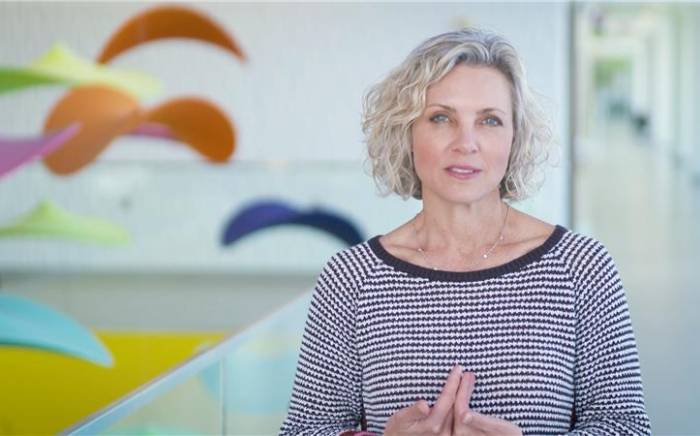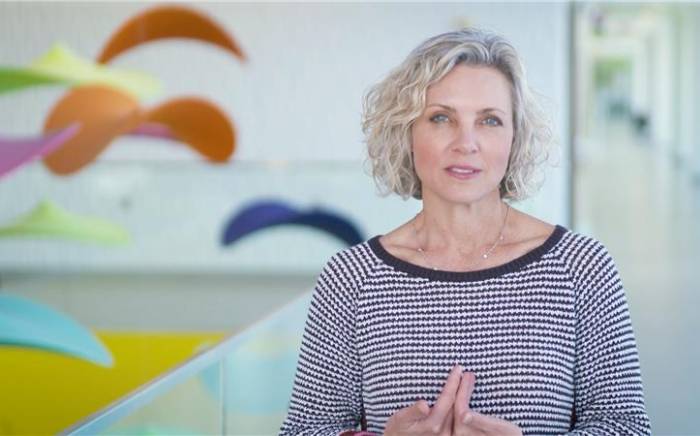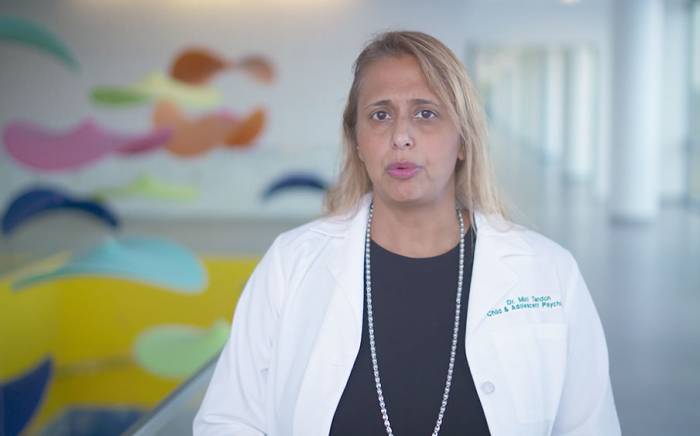October 22, 2024, 1:15 p.m.
One of the most frequent complaints seen at St. Louis Children’s Hospital is headaches. Children get headaches commonly for a variety of reasons. Headache triggers include lack of sleep, dehydration, overexertion and even too much screen time.
Jamie Kondis, MD, a WashU Medicine pediatrician at St. Louis Children’s Hospital, shares what to know about symptoms of migraines, ways to reduce instances of migraines in children, treatments and when you should talk to your child’s pediatrician.
- A migraine is different than a typical headache. It’s often accompanied by other symptoms such as:
- Nausea
- Vomiting
- Sensitivity to light
- Sensitivity to sound
- About 10% of children experience migraines. Many people don’t realize this, but migraines, which are very common in adults, are also very common in children. About 10% of children experience migraines prior to puberty. By the time they become teenagers, that number jumps to almost 30%. Migraines are also more common in children whose parents have a history of migraines.
- Migraines share many triggers with non-migraine headaches. There are many triggers — even something as simple as trying new foods or travelling can trigger migraines. Regular exercise can reduce the frequency of migraines.
- There are several treatments for relief from migraines. They include medicines you can take by mouth. Sometimes, if dehydration is the trigger, children may need IV fluids.
- If you think your child is having a migraine, call your pediatrician.









